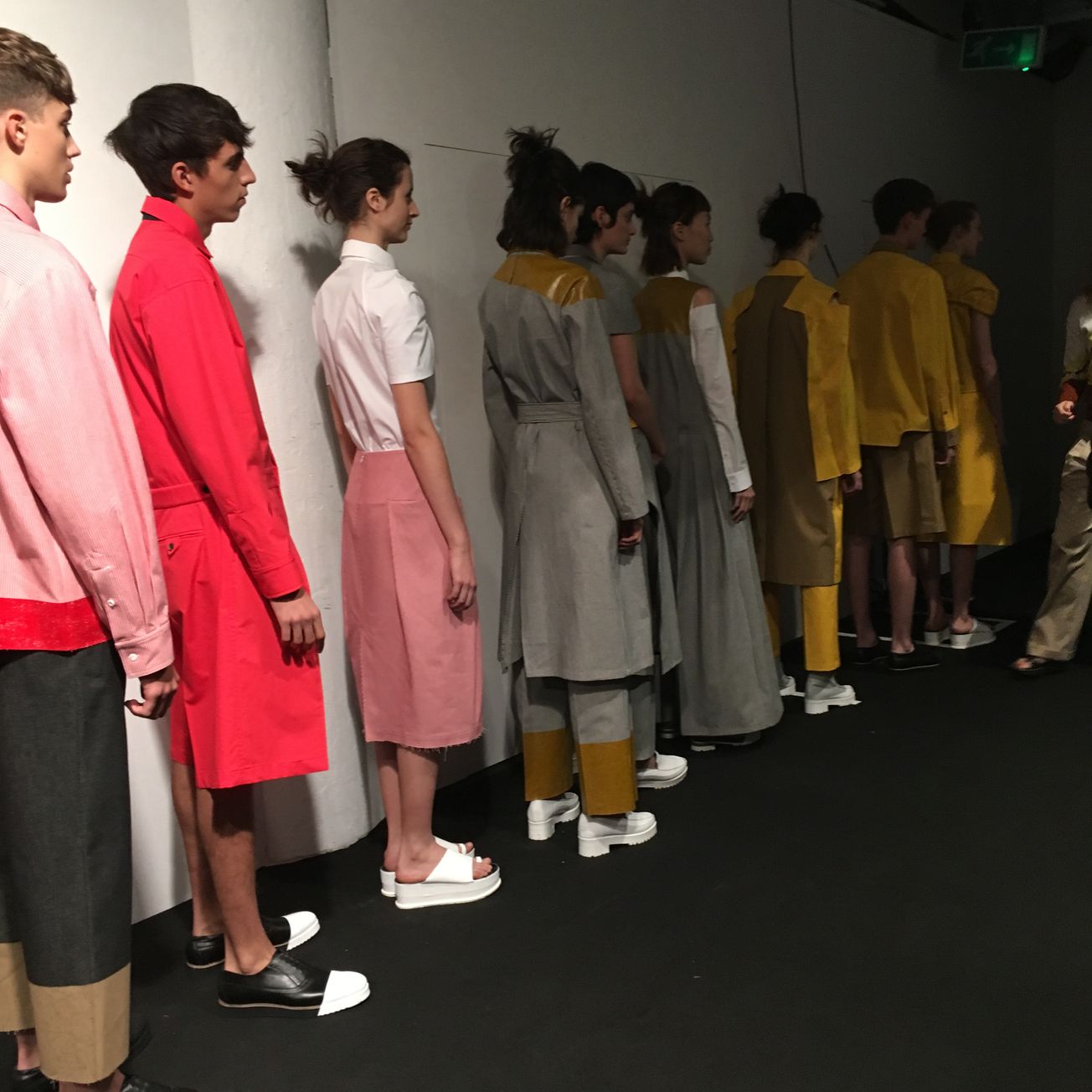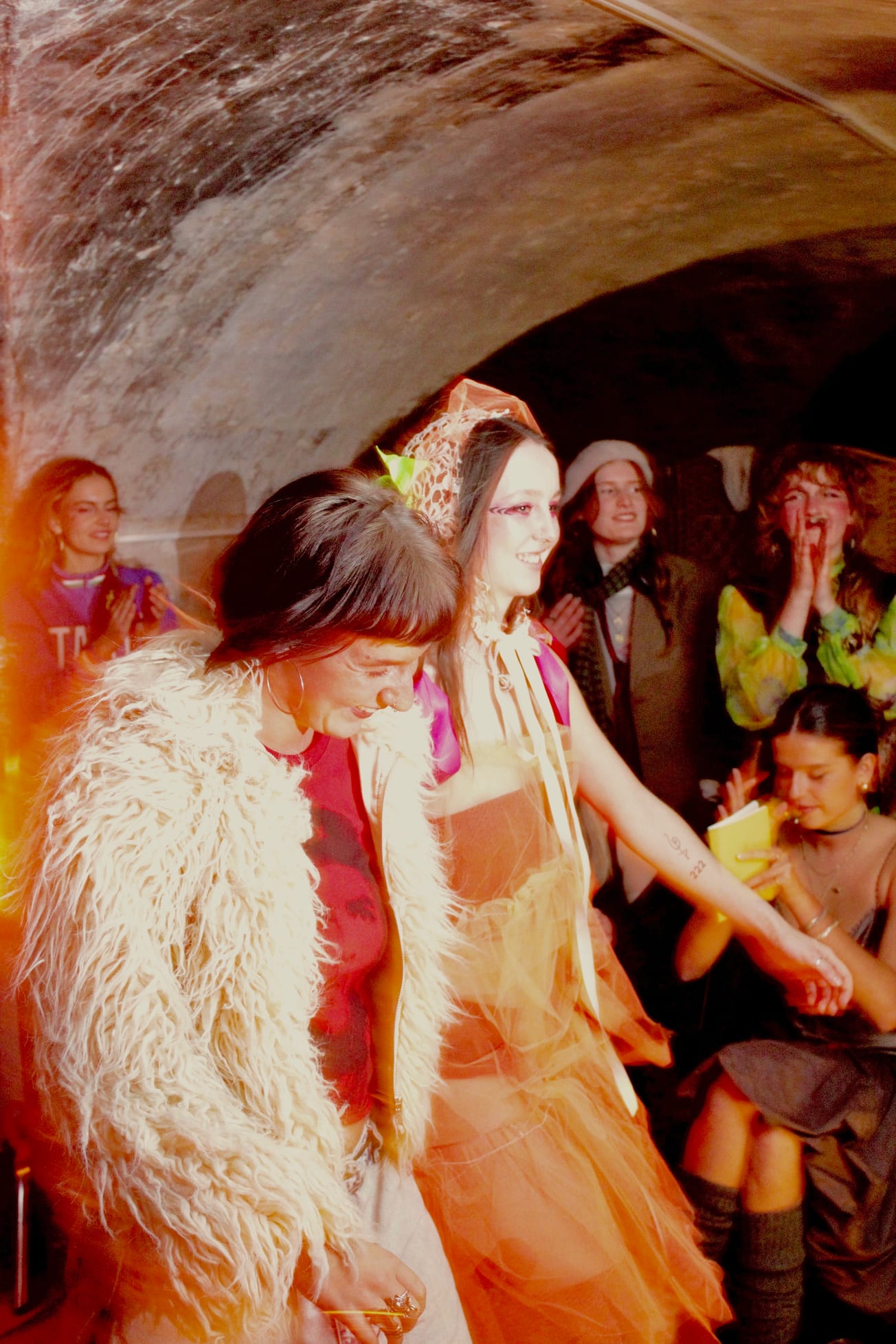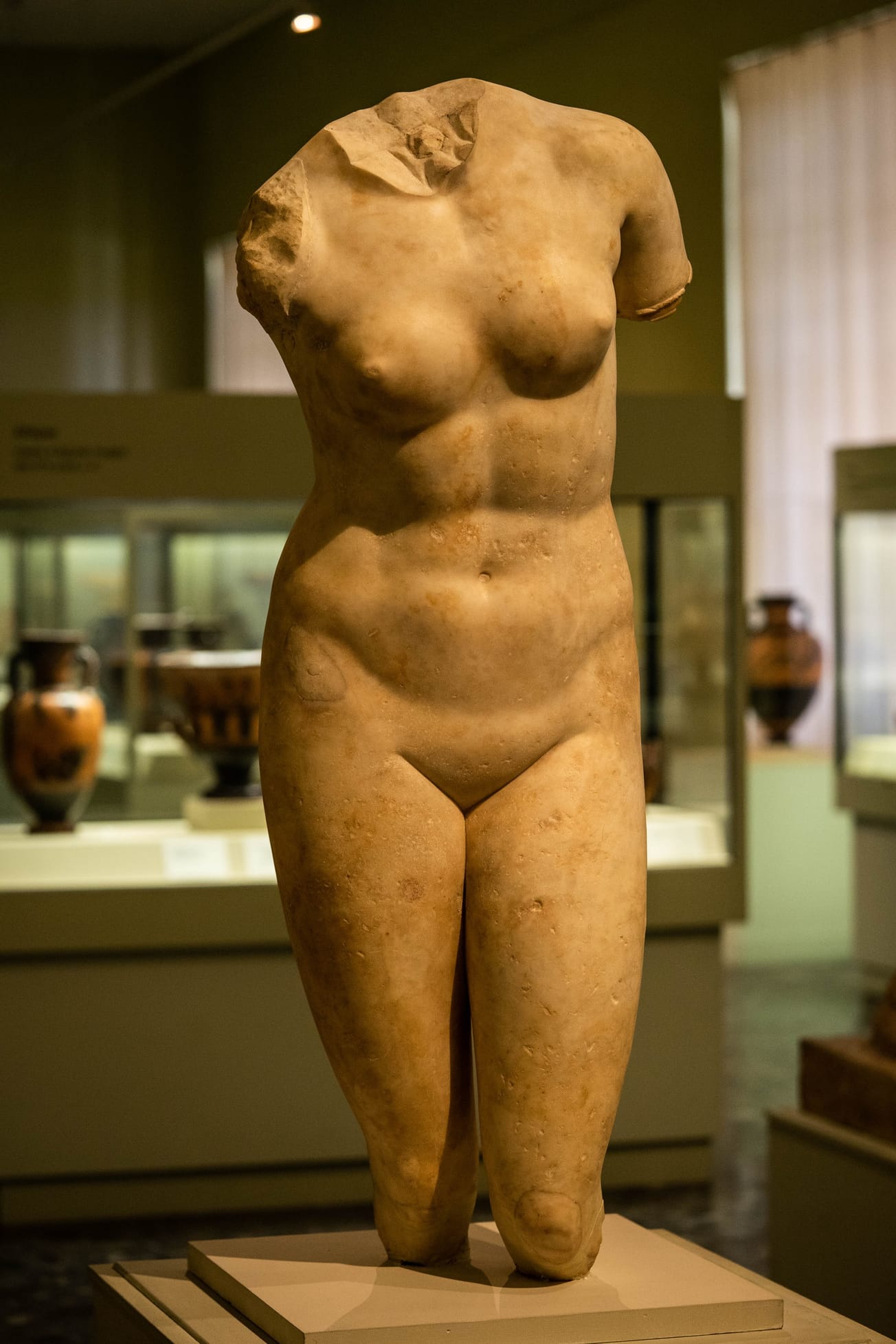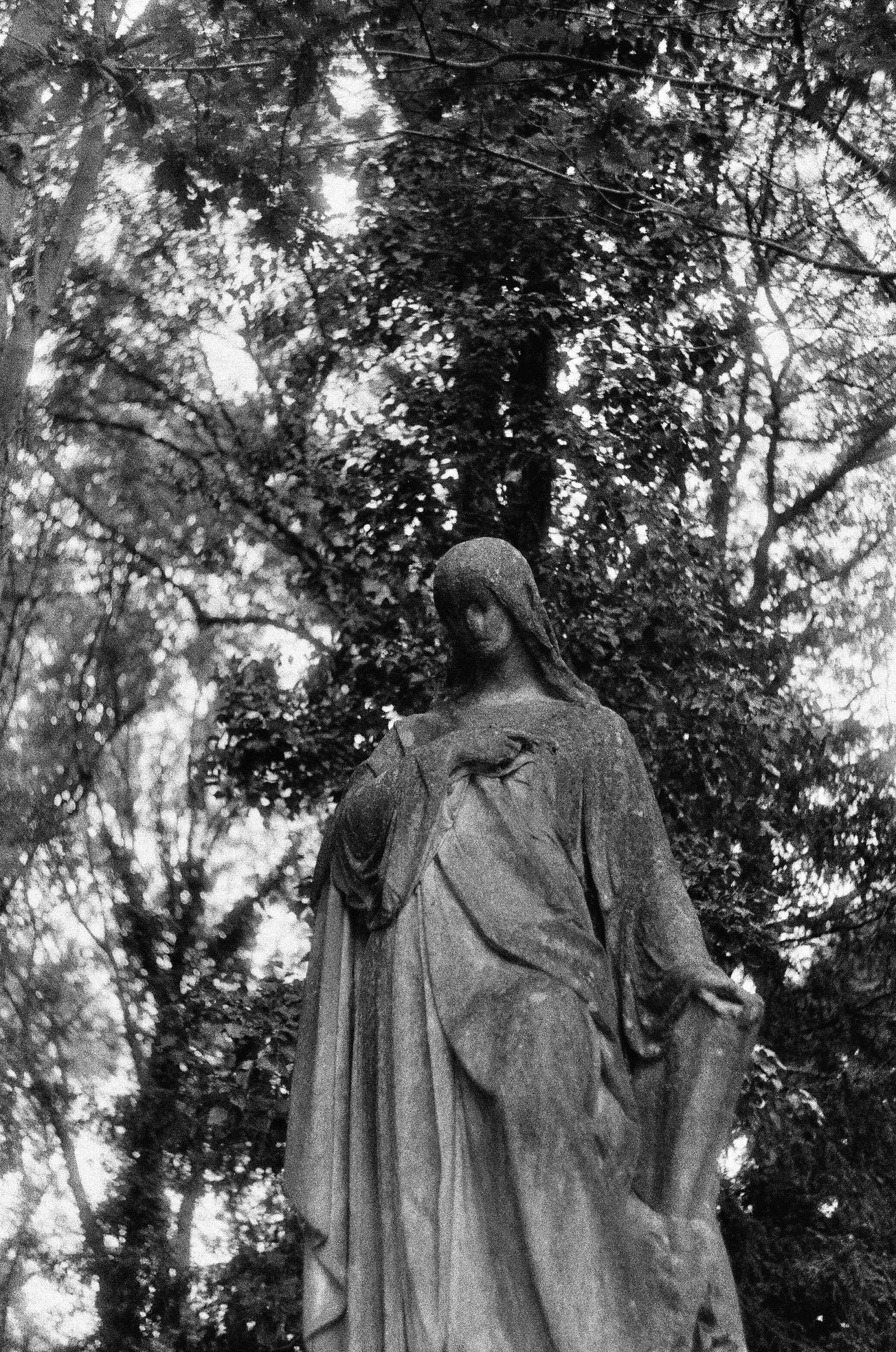By Ruby Gleeson, Online Style Editor
Online Style Editor Ruby Gleeson goes behind the scenes as a stylist assistant, offering an insider’s perspective on the elusive world of the fashion industry.
Interning for LFW can seem like the most glamorous experience in the world. Having interned as a stylist assistant for London Fashion Week, working for a Korean designer who showcased her Spring/ Summer 2019 collection on the runway, I was exposed pretty quickly to the hectic reality of it all. The days leading up to the show were, as you can imagine, intense – early mornings and very late nights.
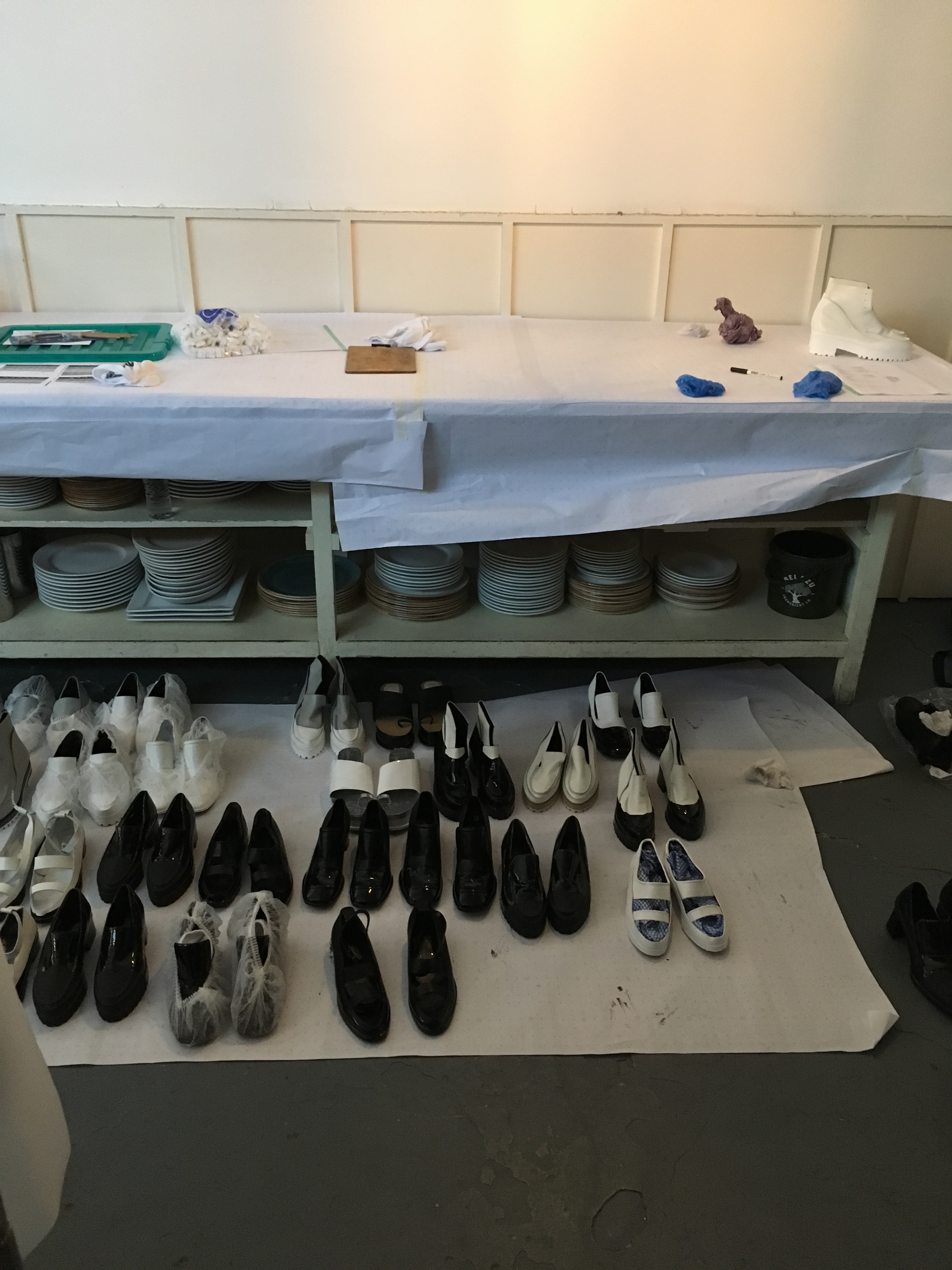
(Ruby Gleeson / Epigram)
I spent the week leading up to the show in an East London studio. The first task was of paramount importance- I was sent on a mission to find retractable pencils. Yes, this might seem like one of those throwaway tasks designed to make interns needlessly busy, but it quickly became clear that even the smallest jobs in the team were crucial to the coming together of the show. I was equally sceptical about my role as designated model-dresser ('can't these people dress themselves?'). However, it soon came to my attention that the finely hand-stitched garments required two or even three people to prevent any rips, tears, or telltale orange makeup stains from emerging. The models must remain statuesque- any bending over to tie up laces is wholly forbidden, just in case the clothing creases. So, as the dresser, it was our job to facilitate their every movement, tying up laces and squeezing feet into heels. Do not underestimate the pace of the model, they are superhumanly fast, and their rapid changes between each of the thirty-two runway looks meant that they needed help to put at least four pieces of clothing on in twenty seconds.
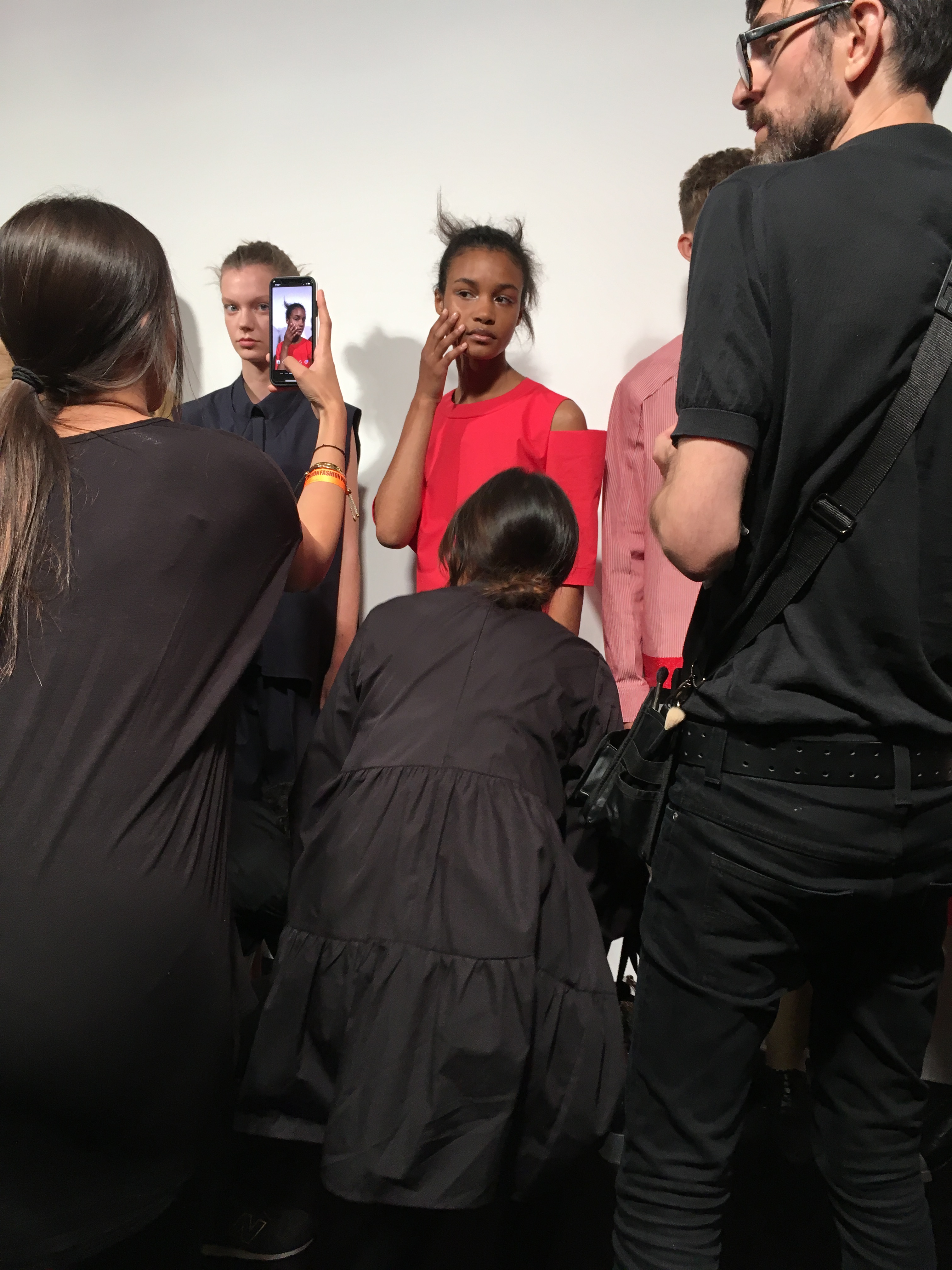
(Ruby Gleeson / Epigram)
Other interns were tasked with repainting pairs of patent leather shoes, steaming and pressing the outfits, while also shooting off on impromptu emergency trips to buy nude lingerie- it seems that a black thong under a white dress is a big no-no on the catwalk. After many late and paint-fumed nights of deliberation, the outfits were finally confirmed by the stylist and designer, and so began the arduous task of stapling model cards and outfit photographs onto giant cardboard mood boards and lookbooks.
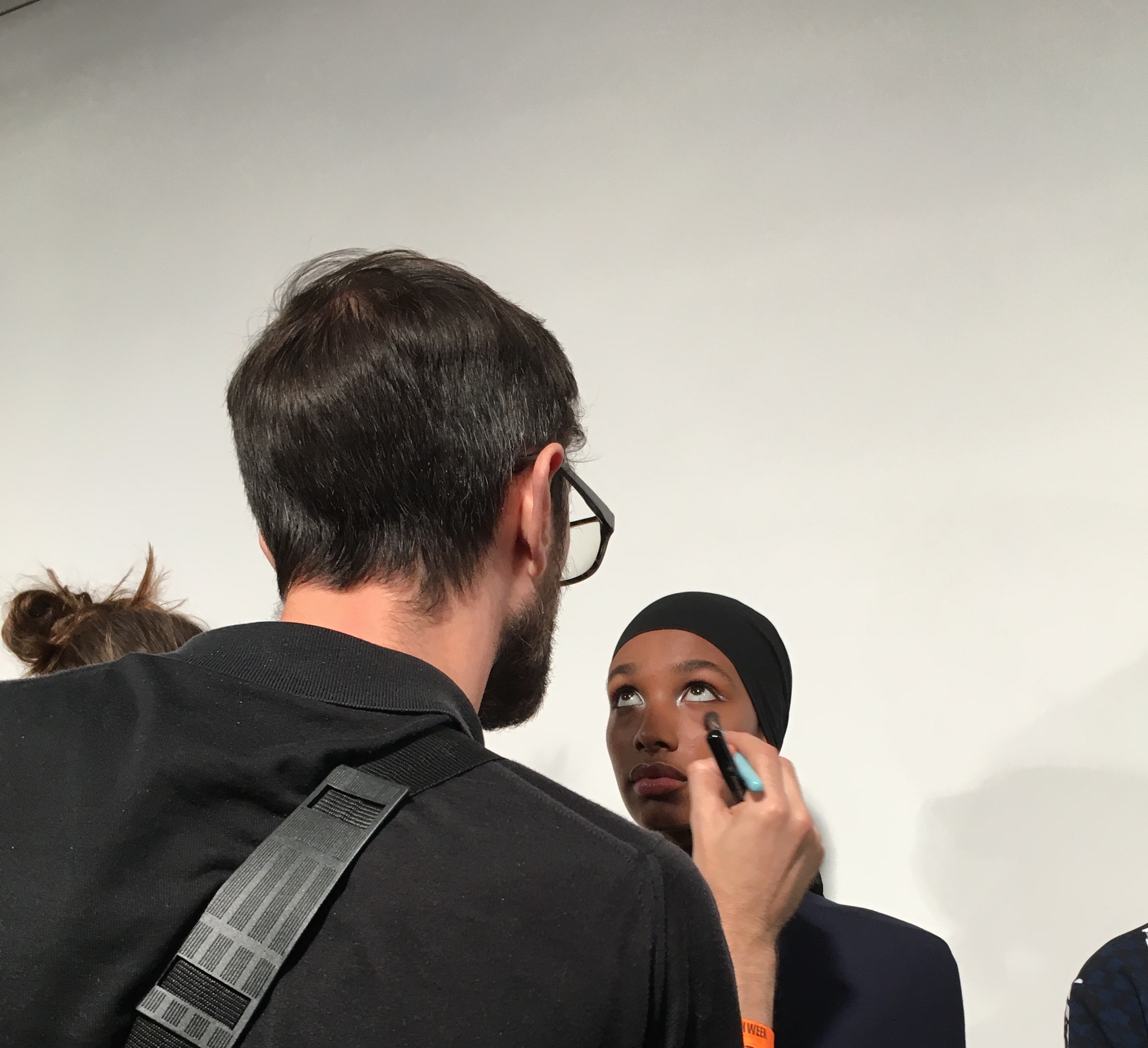
(Ruby Gleeson / Epigram)
Each of the thirty-two looks was photographed with an image of the model combined with strict dressing instructions that were subsequently attached to the individual clothing rail assigned to each model. We were also given tickets to send to different people and locations, including the most expensive hotels in London to give out to guests- who probably wouldn’t care as much as the hosts of wide-eyed fashion students outside, desperate to catch a glimpse of the runway.
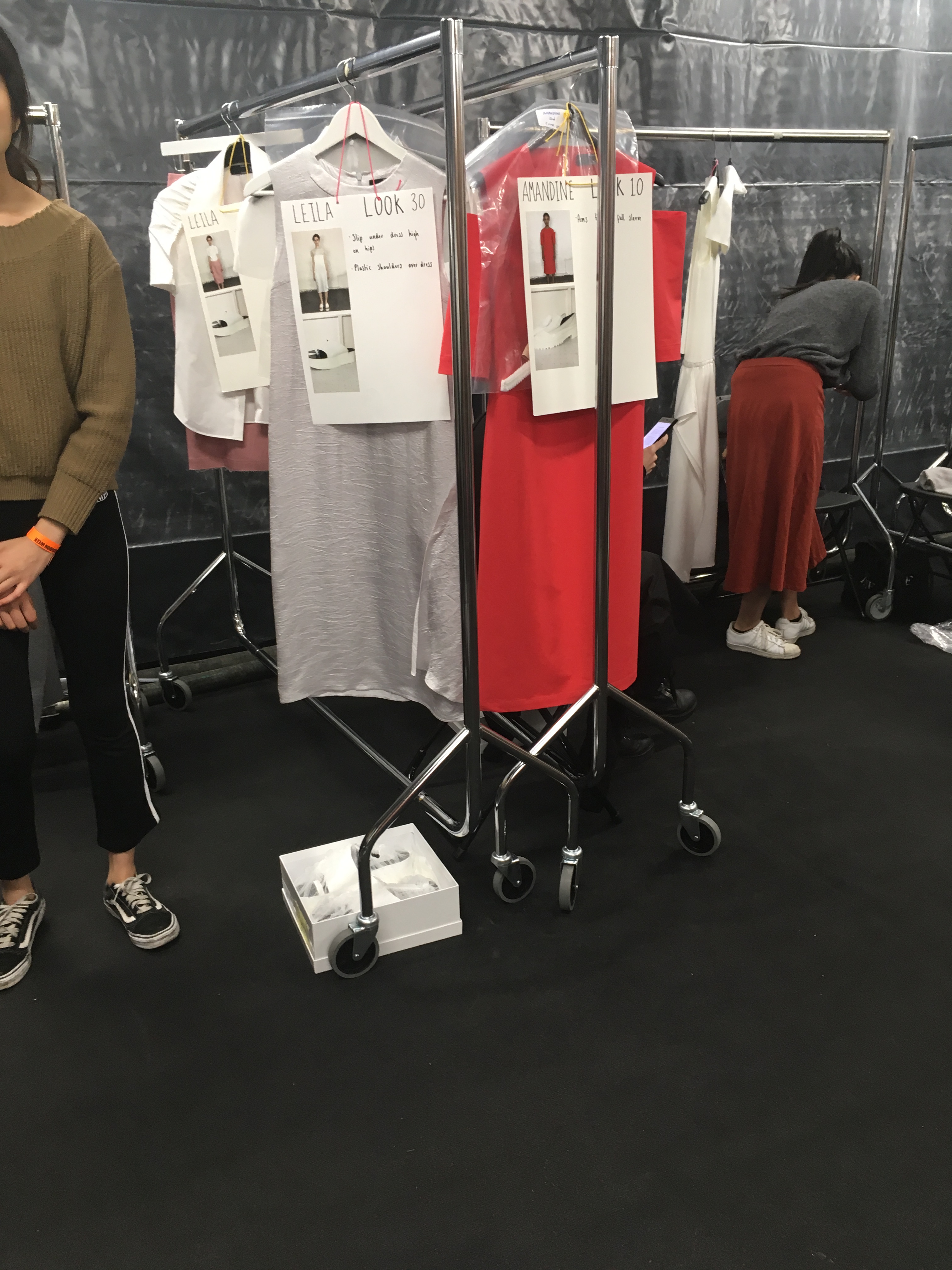
(Ruby Gleeson / Epigram)
Once we had confirmed the final thirty-two outfits, I created a lookbook with photographs and dressing instructions for each one, which had to be immaculately produced in case they were in the background of any official shots.
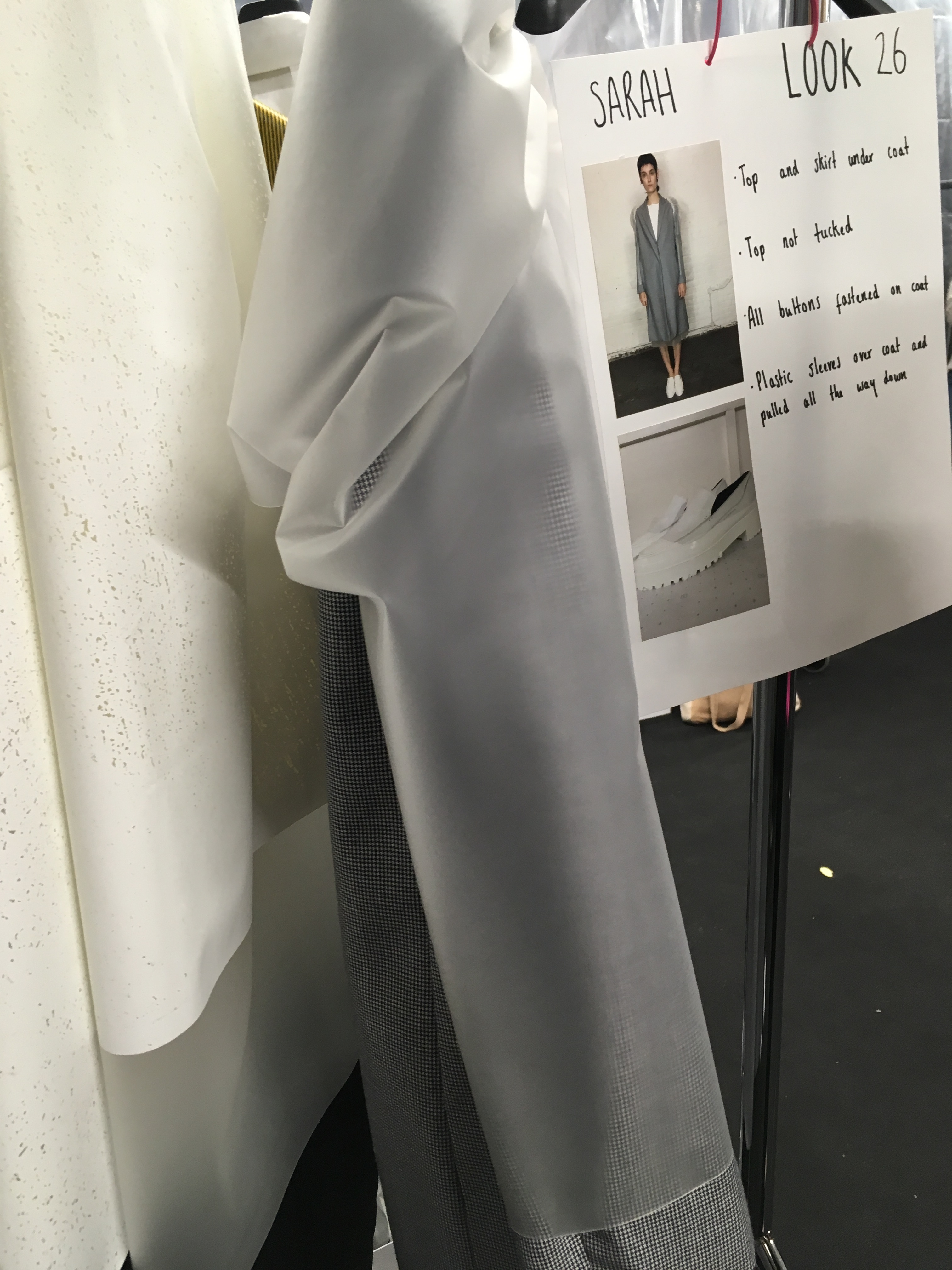
(Ruby Gleeson / Epigram)
On the night before the show we stayed late at the studio to add finishing touches to the lookbook, and after getting home at 11.30pm, I woke up the next morning at 5 am. Designers working at London Fashion Week run a tight ship, and each model is allocated a militant procession of artists who work against the clock in an organised system of chaos to create a glossy, finished end-product with dashes of silver glimmer. The outcome was outstanding. The SS19 womenswear and menswear collection focused on exquisite structured tailoring paired with delicate detailing; asymmetrical ruching and sheer plastic shoulder cover layered over houndstooth overcoats. Colour blocking graced the runway through shades of red, yellow and iridescent slip dresses.
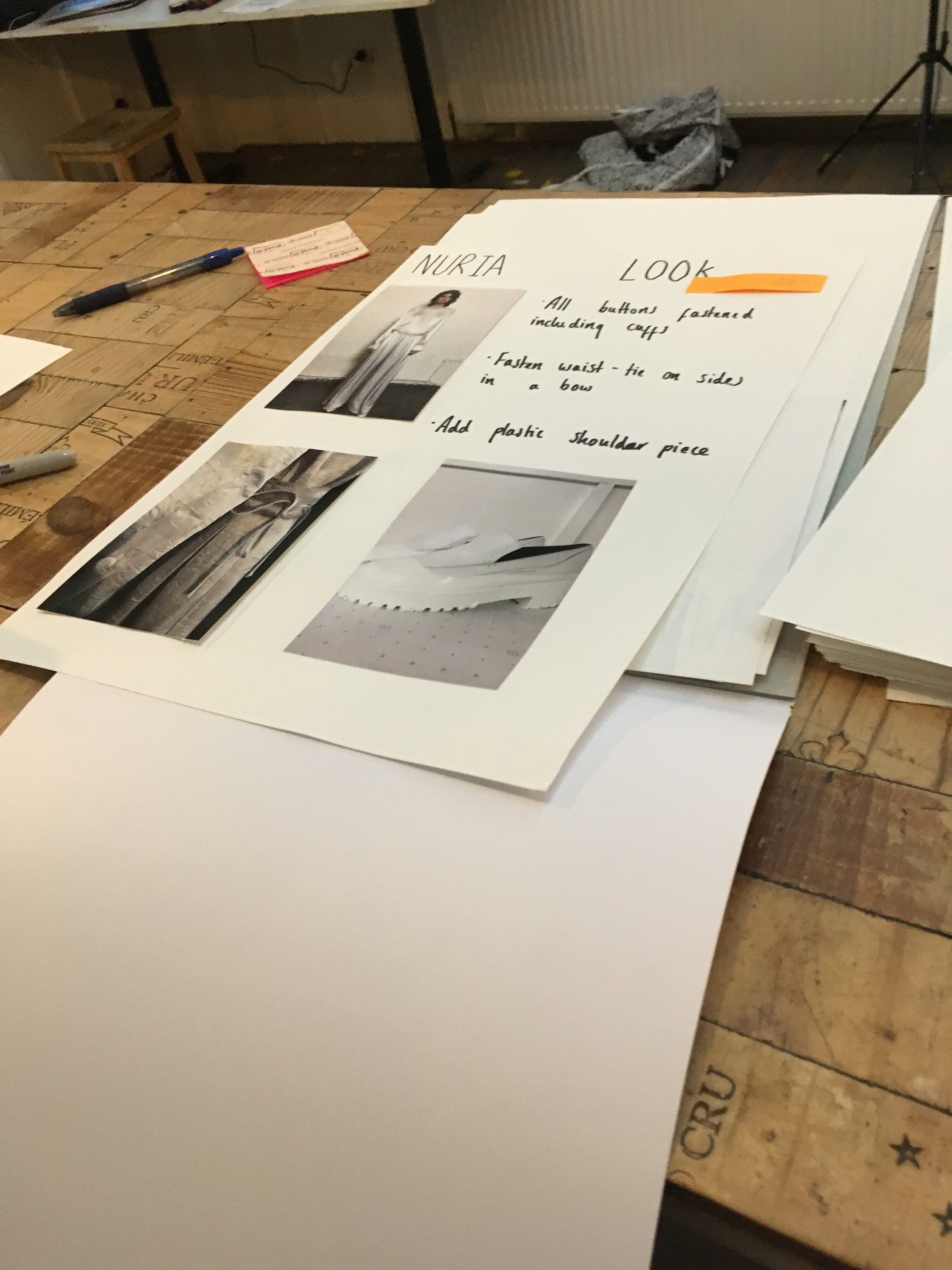
(Ruby Gleeson / Epigram)
Although the photography rules were strict, in the heat of the show I noticed that some of the backstage dressers were Instagram live-streaming the looks before they headed onto the runway. I felt slightly torn about this, and whether universal, real-time accessibility through social media is a positive or negative force. After experiencing the hard graft of the show lead-up, I must admit that this felt a bit cheap to me. Although I think fashion should be for all and not just the select few that sit in the front row, it seems to undermine the sleepless nights and hard work we all went through with the intent of a dramatic reveal. Rather than the collection gracing the catwalk first, it was dished out to anyone mindlessly scrolling through Instagram before the models had even got the chance to step out.
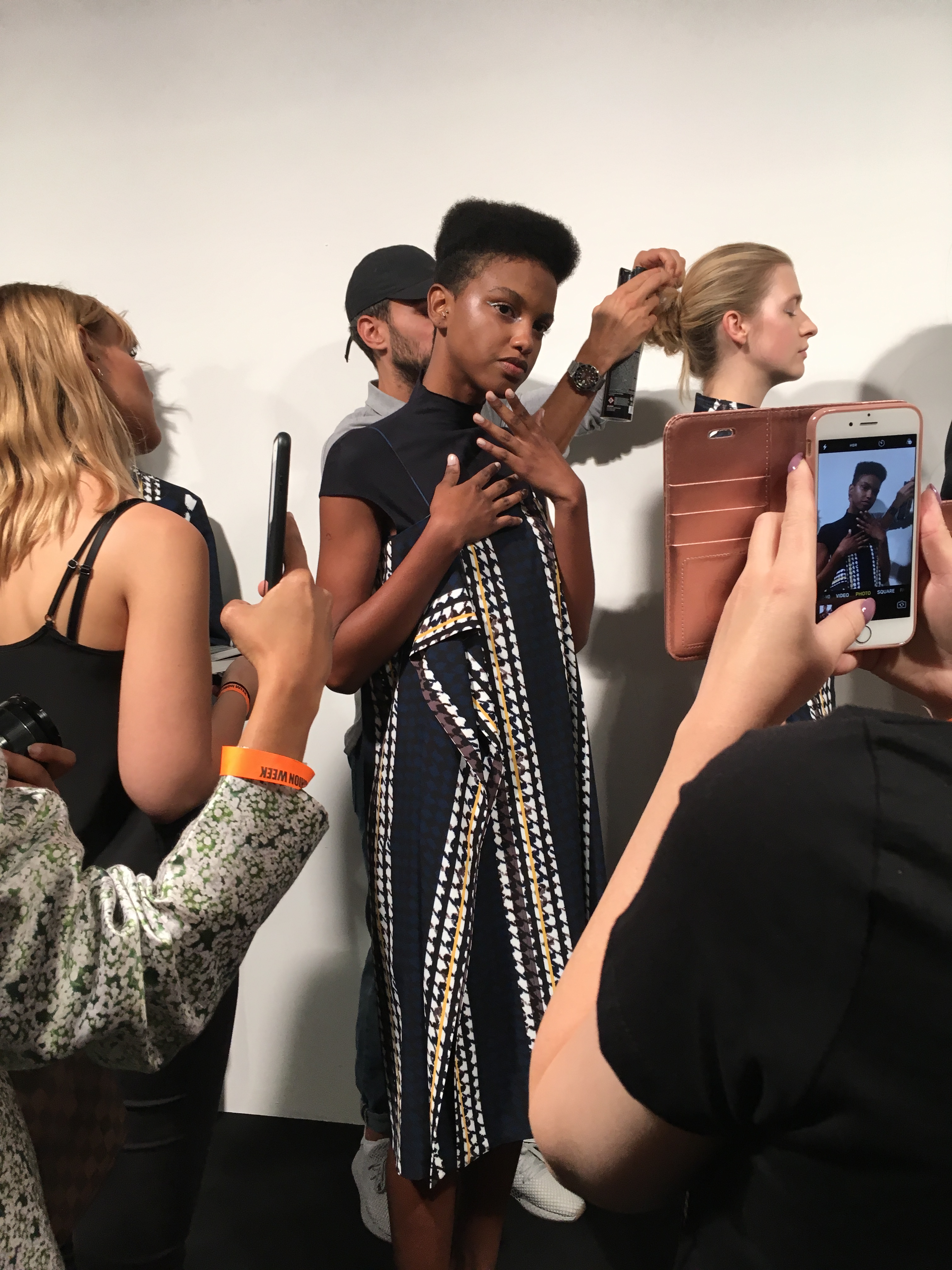
(Ruby Gleeson / Epigram)
So would I say its worth it? The hours are long, the labour’s unpaid, the pressure is on, and the invoices are often left ignored. However, if playing a part in an industry that can transform a small idea in a sketchbook into a real-life, moving body of work is a path that appeals to you, then yes, I would say it’s definitely worth it.
Featured Image: Ruby Gleeson / Epigram
Have an opinion on internships in the creative industry? Let us know.

